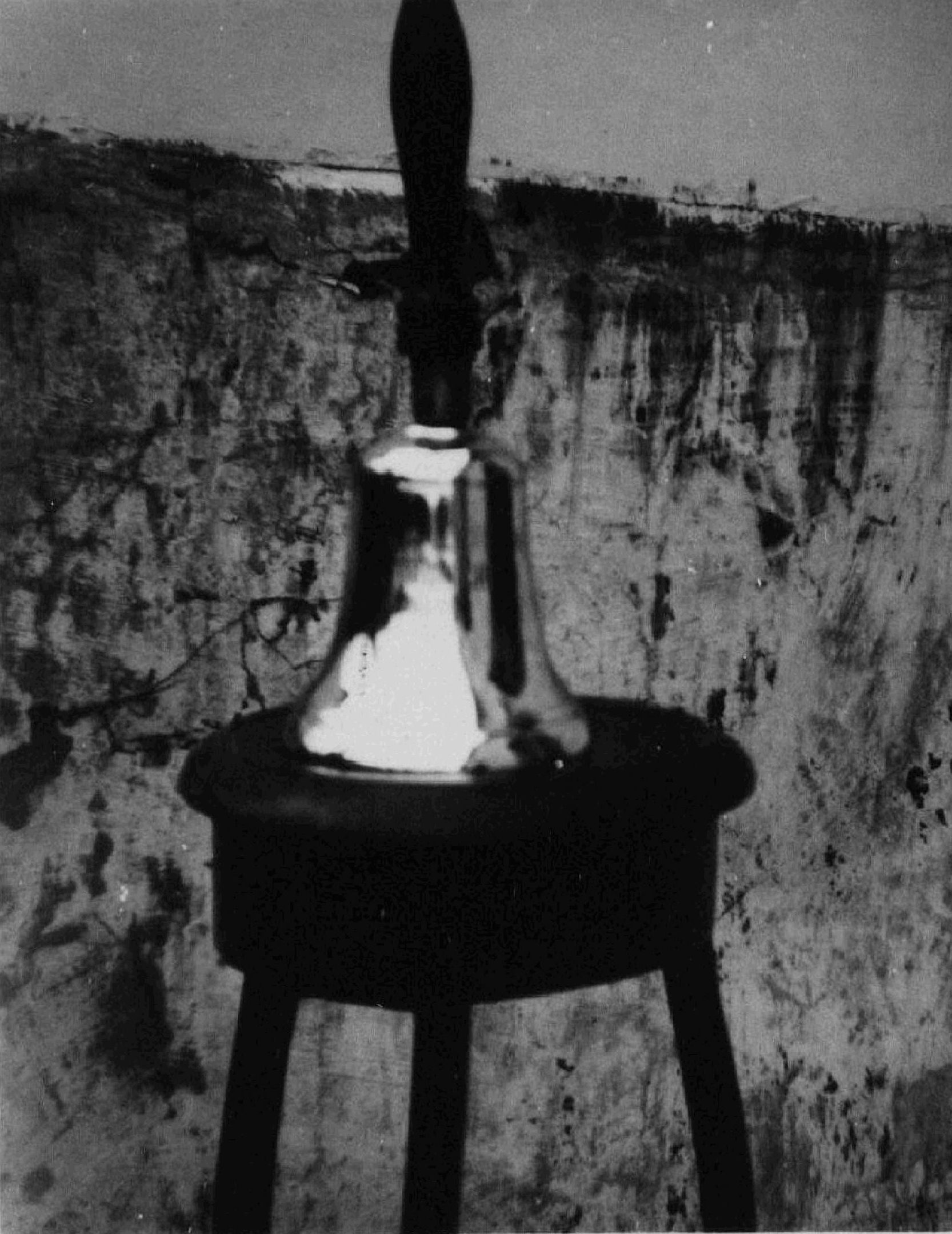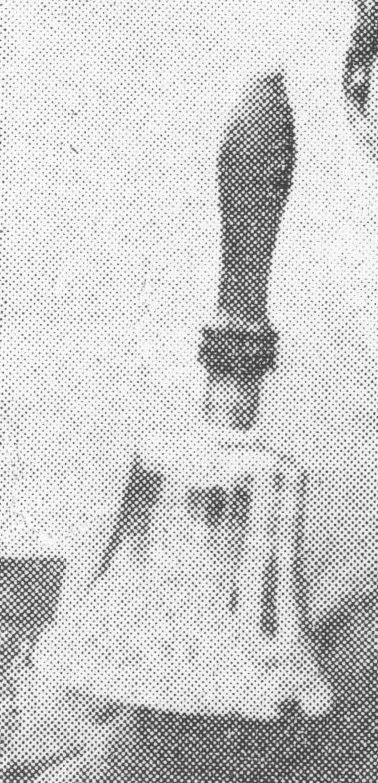Ystalyfera - South Wales
- A Sacred Promise
- Bronchitis Valley
- Dangerous Bridges
- Historian Noel Watkins
- Interesting Snippets
- Lost Landmarks of Ystalyfera
- Pantteg Murder
- Storm Damage
- Torrent in Tarreni Colliery
- Ystalyfera Cemeteries
- Ystalyfera Then and Now
- Ystalyfera Town Crier
- Eileen Price
- Henry and Jeanette Jones
- Barry Lyndon
- Edwin Telorydd Nicholas
- Ebenezer Rees
- T G Samuels
- Hans Schaus
- Ystalyfera Town Crier
Ystalyfera Town Crier
In the book STEPPING STONES in the HISTORY of YSTALYFERA by Bernant Hughes, he mention’s a gentleman by the name of Morgan DAVIES (Moc yr Eidon). When I contacted Bernant many moon’s ago he was only too pleased to know some one was as interested in the history of his beloved Ystalyfera and gave me permission to refer to anything found within the two volumes he had put into print.
I have since come across an article but unfortunately minus a date so in this write up below, I shall merge the two pieces of information together but acknowledge Bernant as being the main reference source.

Morgan Davies
Mr. Morgan Davies began his work as the only Town Crier Ystalyfera had and he remained in this work until his death in 1920.
A stocky man of average height, Moc yr Eidon lived in one of the basement flats in Tai Beynon, Cyfyng Road. He was a man of independent nature and he built a hut at the bottom of the garden at his parents’ home where he lived for the rest of his days. He was a man of limited education and did not possess a great deal of reading ability. When the notices were brought to his house, he had to seek the assistance of a younger member of the family to read these announcements. He would carry out his duties as the Town Crier at the end of his working day. He walked from Godre’rgraig to the Swan Hotel and he would walk along every road in the locality before returning home. He would ring the bell three times every quarter of a mile and he would cry (in Welsh): “Daliwch sylw bawb ohonoch chi”. (Please pay attention everyone). The only English he knew was, “God save the Queen”. When asked why he used the English language at the end of the announcements, he would answer innocently, “The people in London do not understand Welsh”. He sincerely thought that his booming voice could be heard as far away as London!!!
The notices he received were many and varied. They could include such activities as were normally held at the local places of worship, as well as at places of entertainment: concerts, dramas, elections, auctions etc. When one lady lost her fur, Moc was asked for his vocal assistance to recover this missing article.
He showed great interest in the cause at Caersalem Church and it was his responsibility to make sure that the children on the gallery behaved themselves. He also acted as the grave digger at the Church’s cemetery and he carried out his duties when darkness had fallen. He met his death in an unfortunate way. He was working as a stone mason at Pont Harry when he fell from the scaffolding and received a fatal accident.
I believe that Morgan Davies was buried in Caersalem Cemetery, Ystalyfera but Yeargroup has not found the location of his grave. However, Yeargroup traced a copy of the Llais which had recorded the fatal accident.
From the Labour Voice 3rd July 1920
Mr Morgan Davies, the old town crier of Ystalyfera, who was 76 years of age, met with a rather a tragic death on Tuesday. The deceased was employed as a labourer by Messrs. Collins and Evans, builders and whilst walking on a raised plank on a new bridge at Pont Harry Godre’rgraig, fell about three feet on his head. Dr. Lewis was called but death ensued almost immediately.
At Pantteg Vestry on Thursday Deputy Coroner, M. Napier conducted an inquiry into the circumstances surrounding the death.
Richard Williams said that Morgan Davies worked with him and had just brought a load of mortar on to the scaffold. Williams noticed a peculiar movement of the scaffold and next saw Davies on the ground. He picked him up and carried him into a house nearby.
William Jones 3 Cwmtawe Cottages stated that he was sitting on a wall opposite to where deceased was working and saw him carry the mortar on to the platform of the scaffold. He noticed deceased put his foot on some stones which gave way, causing deceased to fall to the ground, a distance of about 4 foot.
After examination it was discovered that Davies had received a wound on the forehead. Dr Lewis was sent for but deceased had died before the Doctor’s arrival.
Dr W J Lewis said he found a wound about three inches long on the forehead, penetrating into the bone. The doctor was unable to say whether Davies died from fracture of the skull or a dislocated neck.
The inquest was postponed until Monday next, and a post mortem examination was ordered.
From the Labour Voice, 10th July 1920
The adjourned inquiry into the death of Morgan Davies, the old town crier, was held at the Police Station on Monday, when Dr. Edmund Walsh, who made a post mortem examination of the body, pronounced death as being from “Shock, following a fall from a scaffold.” The jury returned a verdict accordingly.

Why a Town Crier for Ystalyfera?
Which leaves the question, why would a town crier be needed in our village? The answer could be found in the way Ystalyfera developed.:
Around the year 1866, Ystalyfera was a thriving township, with an ironworks then reputed to be the largest in the world. Employment was provided for more than 2000, while hundreds of others worked in the local collieries and on the canal. Evidence that much of the town’s life revolved around religious activity is provided by the fact that between 1812 and 1864, 8 places of worship were built there. However, out of a population of about 7,000, only 200 attended schools and the majority could neither read not write.
Although The Cambrian Newspaper, a predecessor of the Evening Post, was available because so few people here could actually read or understand English, only a few copies were actually sold in Ystalyfera. When the position of Town Crier was advertised, Morgan Davies was immediately appointed by the citizens of Ystalyfera.
As stated above, his “beat’ was along the main Godre’rgraig Road to the Swan Hotel, Ystalyfera, but when announcements carried special significance then he would walk along all the other roads before returning home.
In 1891 however, opposition appeared on the scene in the form of the first local printed news coverage – the two penny Gwrs-y-Byd, edited by Dr. Pan Jones and printed by Ebenezer Rees and Sons, Ystalyfera. Despite the fact that the editor and printer fell into a dispute and this publication ceased it was towards the end of the century when people finally began to learn to read and write that Morgan Davies’ services were finally in decline.
That I suppose could have been the end of the story but for one more twist of fate. The discovery of the bell inscribed “Ystalyfera Town Crier”. The bell, a large brass one weighing more than five pounds, was found by Mr. Fred Counsell and his son in law, Mr. Bob Brough at their home in Cwmtwrch. Morgan Davies was in fact the grandfather of Mr. Counsell and now his bell truly remains as a reminder of day’s gone bye.
Unfortunately I could not tell you where the bell resides today!!!!!!!!!!!!!!!